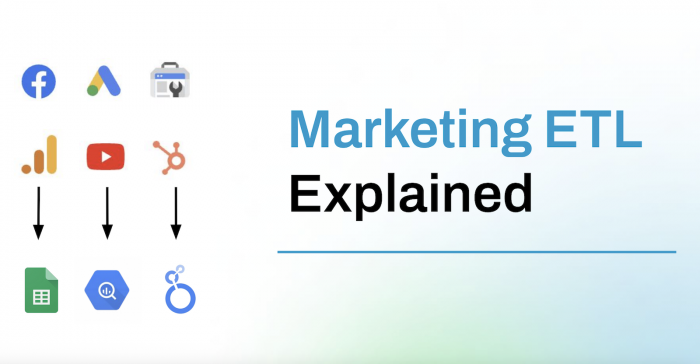Large Language Models (LLMs) have quickly moved from research labs into everyday business use. These systems process vast amounts of text data and generate natural language responses, making them useful for tasks that involve communication, analysis, and automation. An LLM takes input in plain language, understands context, and produces output that feels both accurate and human-like.
By using transformer-based architectures, LLMs learn patterns, structure, and meaning from billions of words. This allows them to summarize reports, translate documents, draft content, and even support customer interactions without requiring deep technical expertise. Businesses adopt them to save time, reduce costs, and improve the efficiency of knowledge-driven work.
The impact goes beyond convenience. Companies use LLMs to scale operations, enhance decision-making, and create new ways of engaging with information. Their ability to adapt across industries makes them one of the most practical AI tools available today.
Key Takeaways
- LLMs process natural language to generate useful output.
- They work by learning from large text datasets with transformer models.
- Businesses apply them to improve efficiency and streamline tasks.
What LLMs Are and How They Work

Large language models are advanced AI systems that process and generate human-like text by learning patterns from vast amounts of data. They rely on deep learning techniques, large-scale neural networks, and carefully designed architectures to handle tasks like translation, summarization, and question answering with increasing accuracy.
Definition of Large Language Models
A large language model (LLM) is an artificial intelligence system trained to understand and produce natural language. Unlike earlier rule-based systems, LLMs adapt to context and generate responses that resemble human communication.
These models power applications such as chatbots, virtual assistants, and automated content tools. Well-known examples include GPT-4 by OpenAI, BERT by Google, Claude by Anthropic, and Gemini by Google DeepMind.
LLMs are not limited to text output. They can also analyze meaning, classify documents, and support decision-making in business operations. Their ability to generalize across multiple domains makes them foundational in modern AI software development services by Azumo and other technology providers.
Core Technologies: Neural Networks and Deep Learning
LLMs rely on deep learning, a subset of machine learning that uses layered neural networks to detect patterns. Each layer processes inputs, transforms them, and passes them forward, allowing the system to build a complex understanding of language.
The architecture typically involves transformer models, which excel at handling sequences of words. Transformers use mechanisms like attention to determine which parts of a sentence are most relevant, enabling coherent and context-aware output.
This design allows models like GPT-4 and BERT to process billions of parameters. The larger the network, the better it captures nuances such as tone, intent, and subtle meaning. This capability is what makes LLMs effective for enterprise-scale applications.
Training Data and Model Architecture
Training an LLM requires massive datasets that include books, articles, websites, and other text sources. By exposing the model to diverse language patterns, it learns grammar, facts, and reasoning structures.
The architecture combines multiple layers of neural networks with billions of adjustable parameters. These parameters store statistical relationships between words, enabling the model to predict the next word in a sequence with high accuracy.
Different architectures serve different purposes. BERT is optimized for understanding text, while GPT-series models focus on generating it. Claude and Gemini introduce variations in safety, efficiency, and reasoning. Together, these approaches highlight how training data and architecture shape the strengths of each LLM.
Business Impact and Applications of LLMs
Large language models influence how businesses handle routine work, interact with customers, and make sense of data. They support efficiency by automating repetitive tasks, generating content at scale, and improving decision-making with insights from large datasets.
Automation and Content Creation
LLMs streamline content production by generating product descriptions, marketing copy, and SEO-friendly text with minimal human input. This reduces the time teams spend on repetitive writing tasks. Businesses can quickly produce drafts for blogs, email campaigns, or advertising materials.
Generative AI also supports translation and localization, enabling companies to adapt content for different markets without relying entirely on manual work. This improves consistency across global operations while keeping costs manageable.
Automation extends beyond text. For instance, LLMs can create structured reports from raw data or summarize lengthy documents. Teams use this to accelerate workflows in industries like e-commerce, publishing, and corporate communications.
Conversational AI and Customer Support
Businesses deploy LLM-powered chatbots and virtual assistants to handle common customer inquiries. These systems provide immediate responses, reducing wait times and freeing human agents to focus on complex issues.
ChatGPT and similar conversational AI tools integrate into customer service platforms to guide users through troubleshooting, account management, or purchase decisions. This creates a more consistent support experience across channels like websites, apps, and messaging platforms.
Unlike rule-based bots, LLM-driven assistants can recognize context and adjust their responses. They improve over time by learning from interactions, which helps reduce repetitive escalations. Companies use them to cut support costs while maintaining service quality.
Conclusion
Large Language Models have become practical tools that help organizations work more efficiently. They support tasks such as drafting content, answering questions, and analyzing information at scale. Businesses adopting LLMs need to balance benefits with awareness of their limitations, such as occasional inaccuracies. When applied thoughtfully, they can improve workflows, reduce manual effort, and open new opportunities for innovation.
Post Comment
Be the first to post comment!





